The 10th Musashino Art University-Tokyo Institute of Technology joint workshop was held from July 29 to August 3, 2019.
The collaboration was sponsored by Modulex Inc. and brought together students from the two schools to share their knowledge and skills. Groups of five students combined science & technology and art & design approaches to create new ideas and artworks.
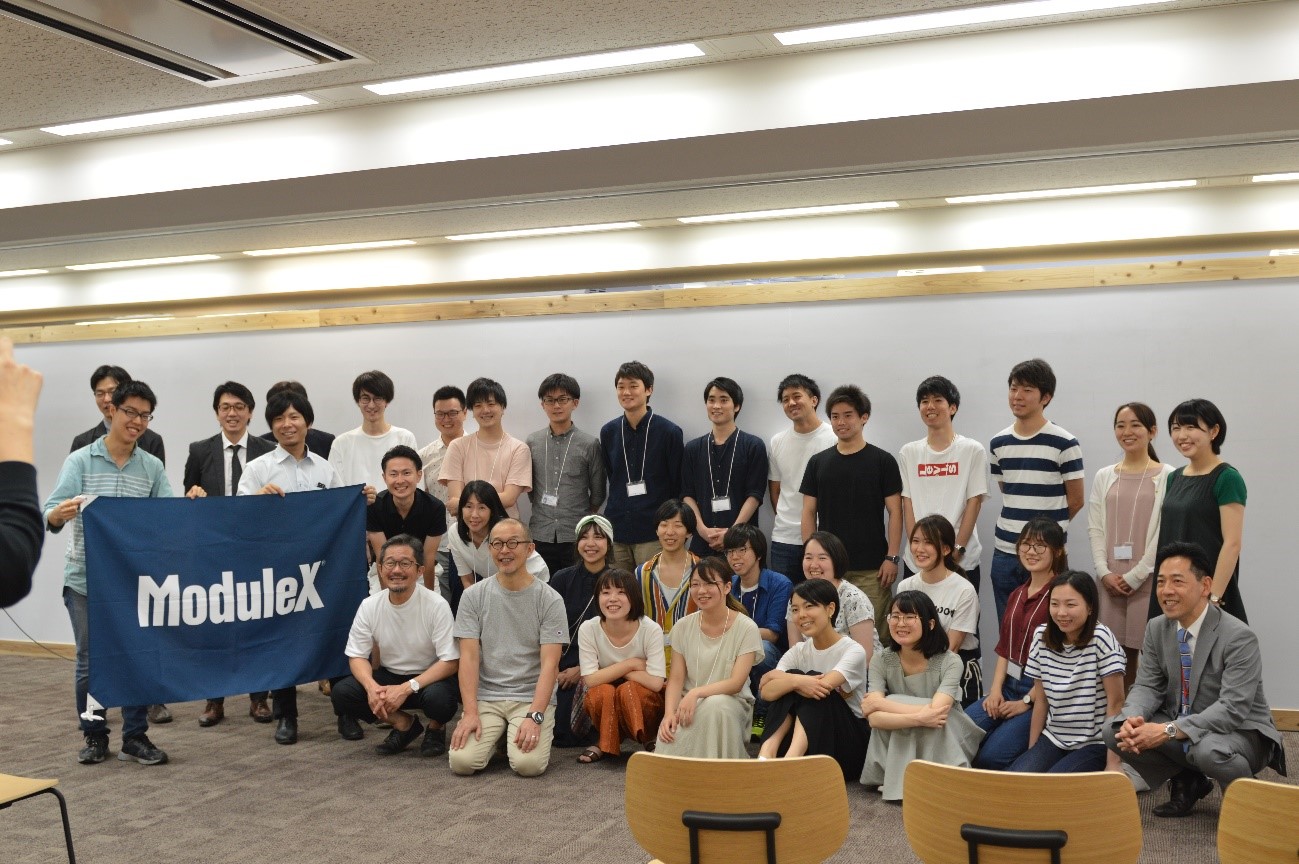
Each group created a single artwork based on the theme “Right Left”.
For some students from the Tokyo Institute of Technology, communications were very difficult because they have fundamentally different ways of thinking from Musashino Art University students. However, communications went beyond the mere use of words.
Drawings of sheets of paper were used as a whiteboard to create connections between the team.
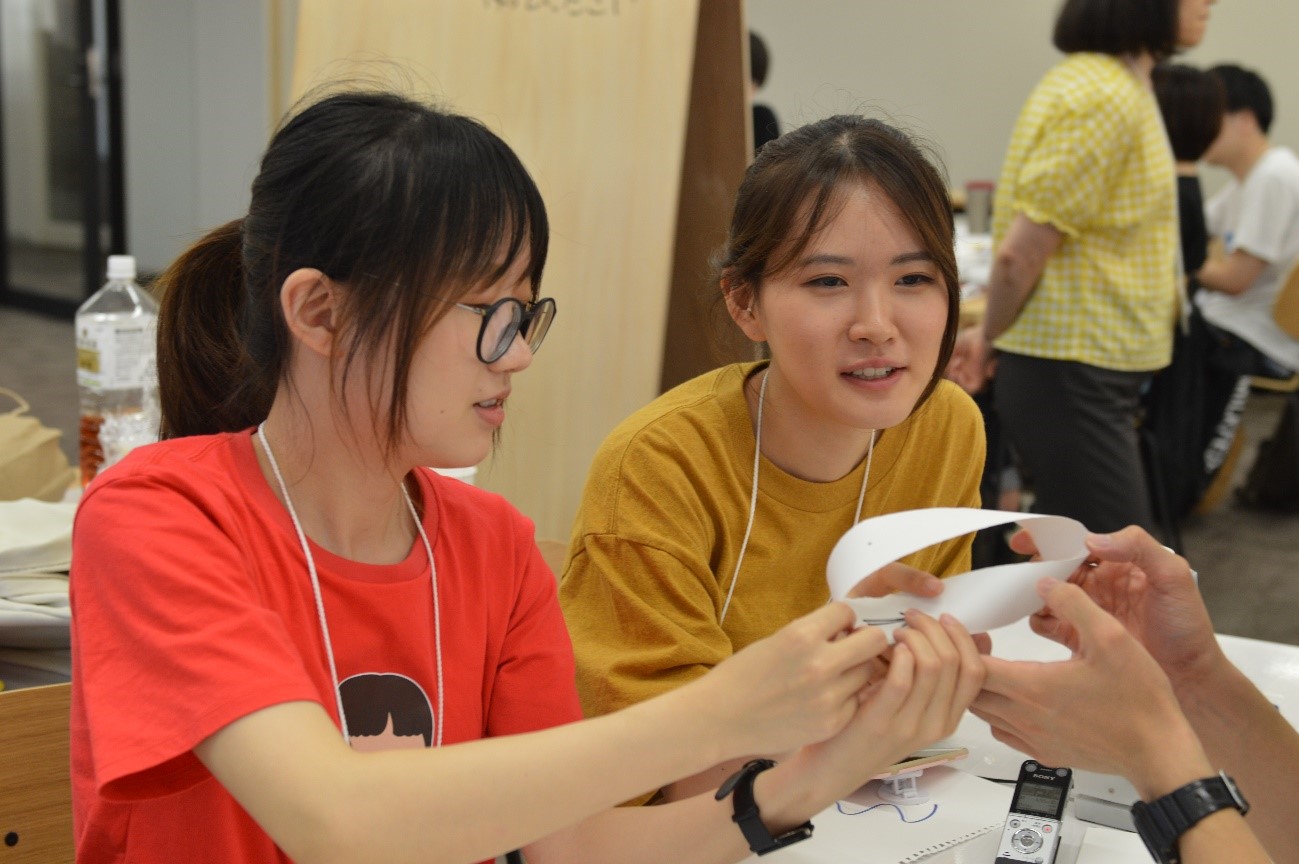
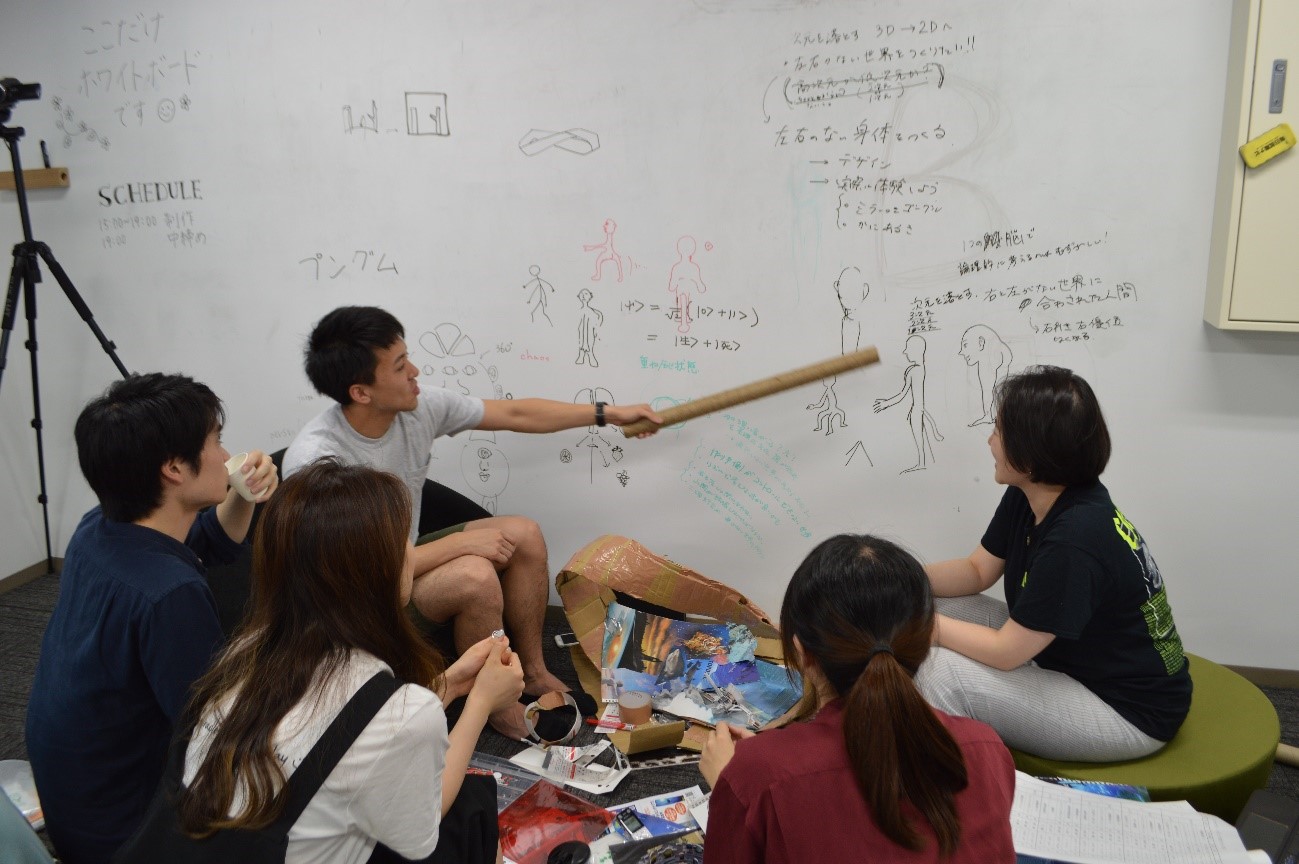
Difficulties in communication can also have positive outcomes. They force one to enter another person’s mindset through face-to-face interaction. Once the overwhelming “otherness” of the other party is accepted, a “responsible relationship” is established. When we say “I understand you”, what we often imply is “I understand you the way I can understand.” There is no threat to the underlying assumptions of one’s cognitive framework.
However, as Levinas repeatedly points out, the responsibility for responding to others lies in the overwhelming “otherness” of inviolability, or “heterogeneity” (Levinas, 1986).
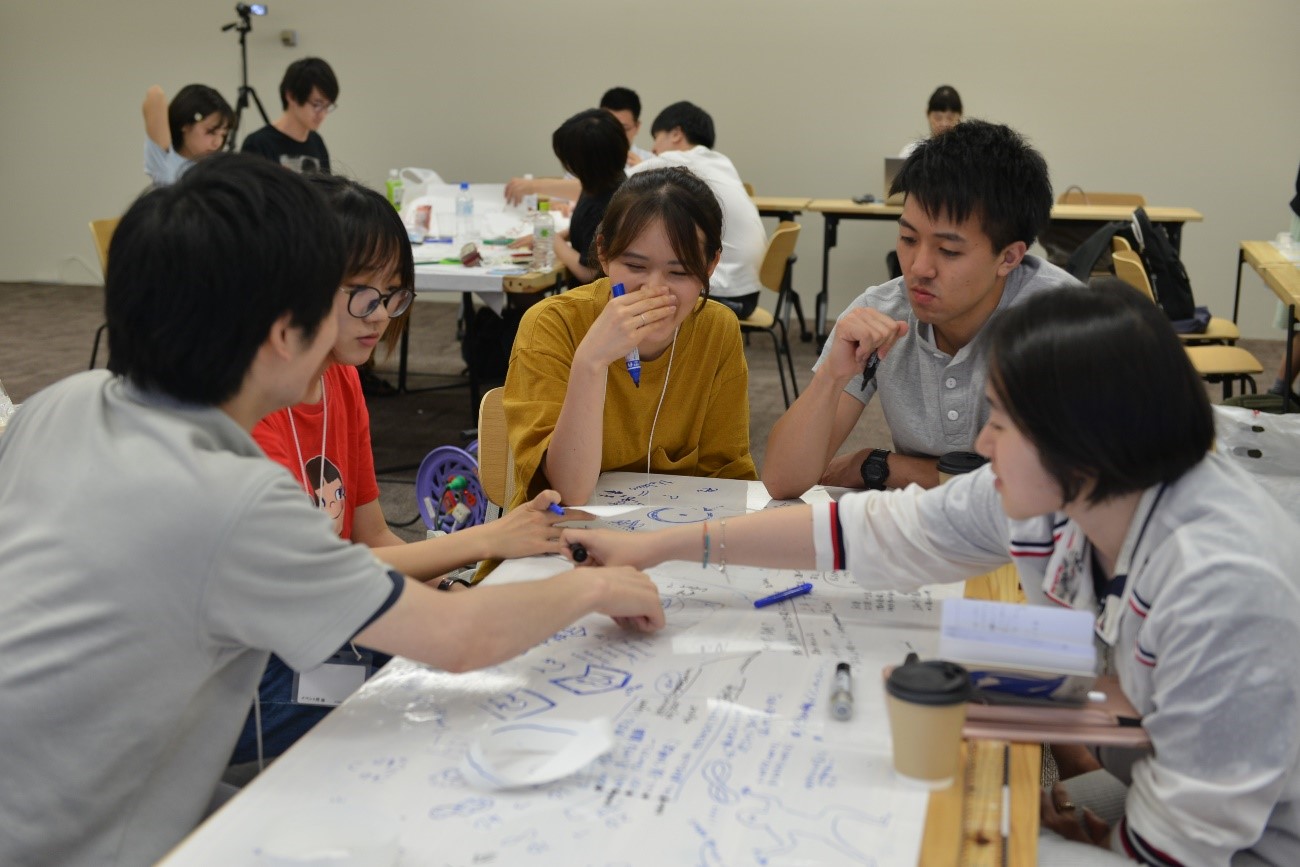
When faced with the “face” of another person, we are inevitably required to take some action.
Saying “I fail to understand you” does not mean the end of the communication. We ask ourselves, “What shall I do?” because the “otherness” of other people continues to prompt a dialogue even without any questions asked.
Here, communication loses the means of understanding others in a way that allows them to understand themselves, and makes it impossible to reverse the alienness of others. In this way, while being overwhelmed by the overwhelming heterogeneity of others, by continuing to direct words and gaze to others, a “responsible relationship” with others begins. We are vulnerable to the foreign nature of the other person, but we still fail to understand her/him (but we’re here, we are here). This may be important in communication.
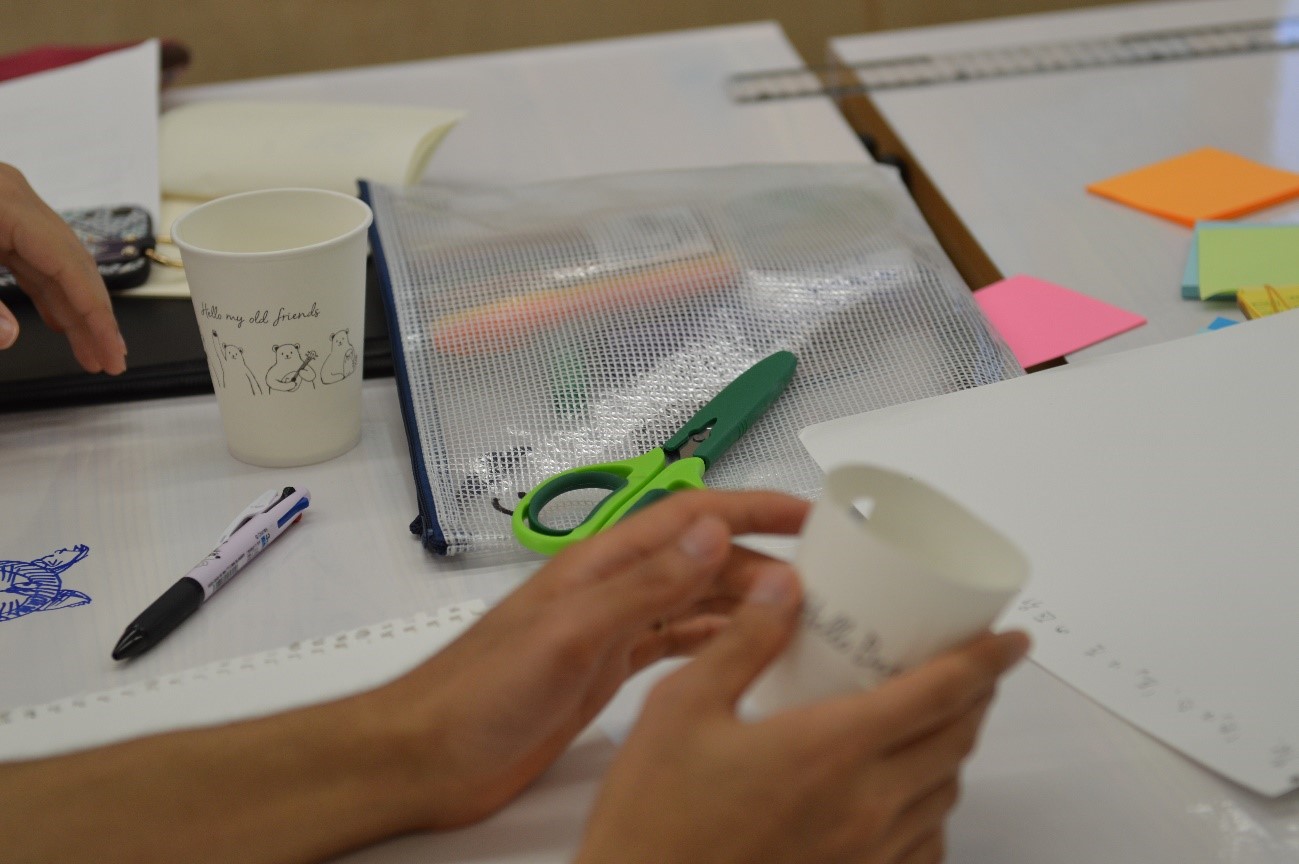
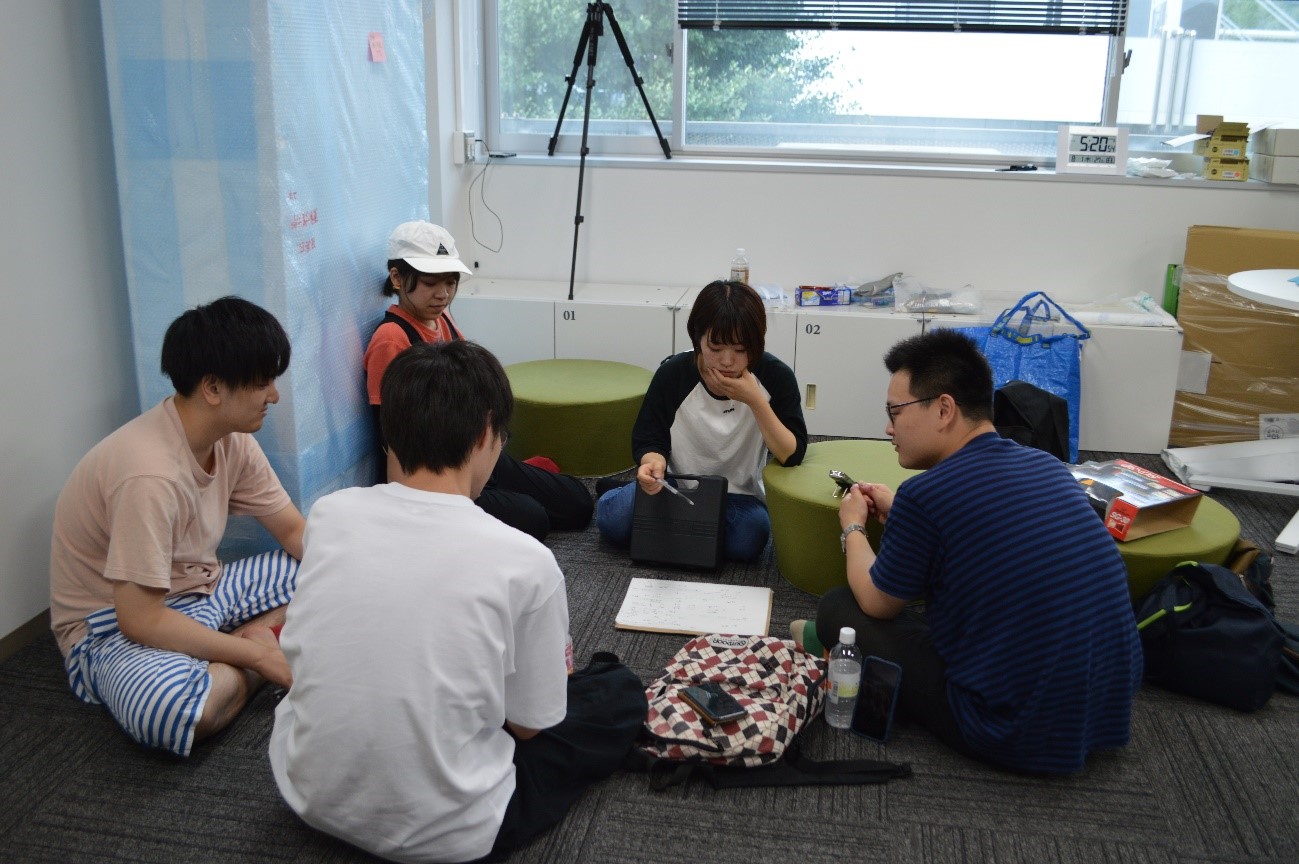
All the artworks the students created had a “meaning” and a “story” that were crafted by communicating with each other, and they were all original and fun to look at.
Piano Bar Oto (音):
The wonderful idea of drinking sound. It made us think about the difference between what is shaped and what is not.
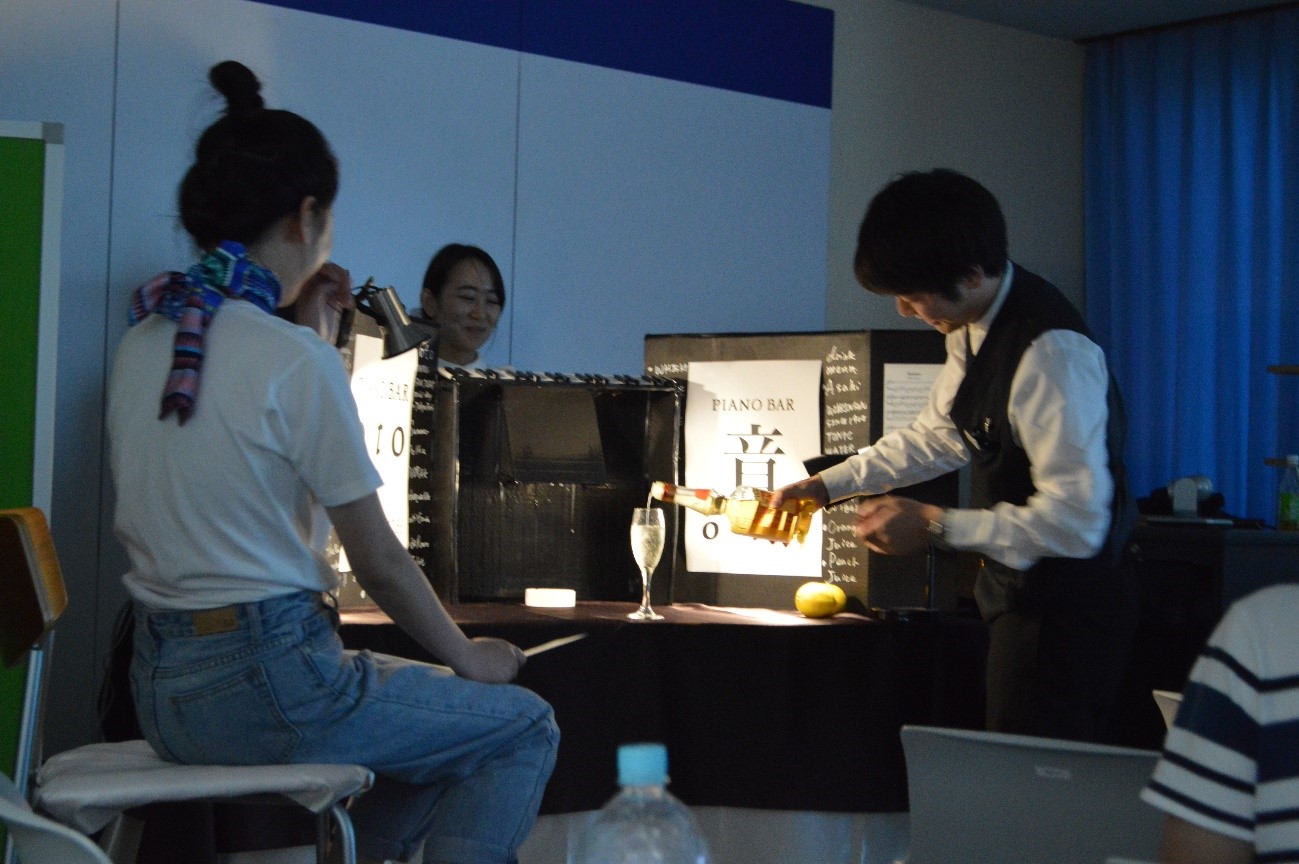
AI God (AIの神さま):
The idea that a QR code connected to AI is a god. It can be used as a satire for modern society.
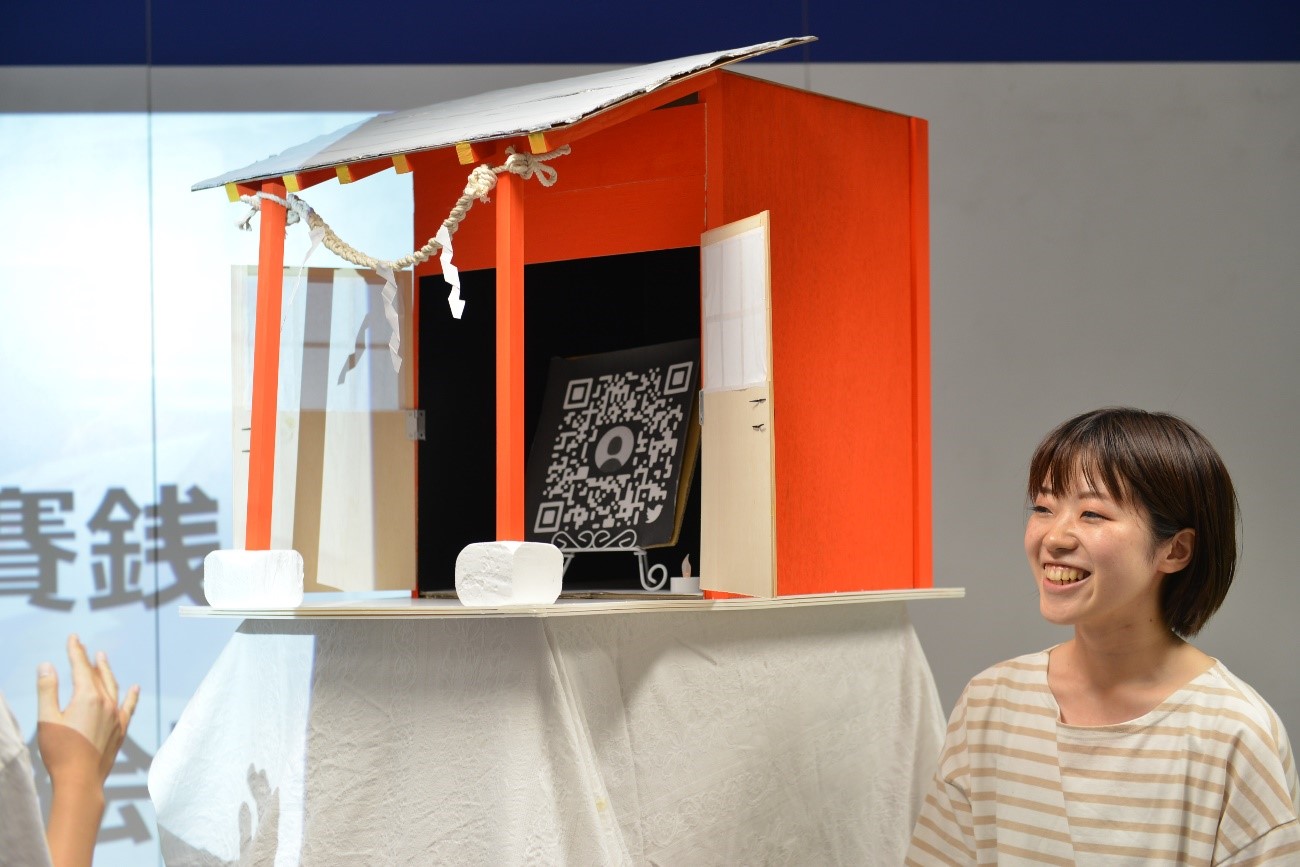
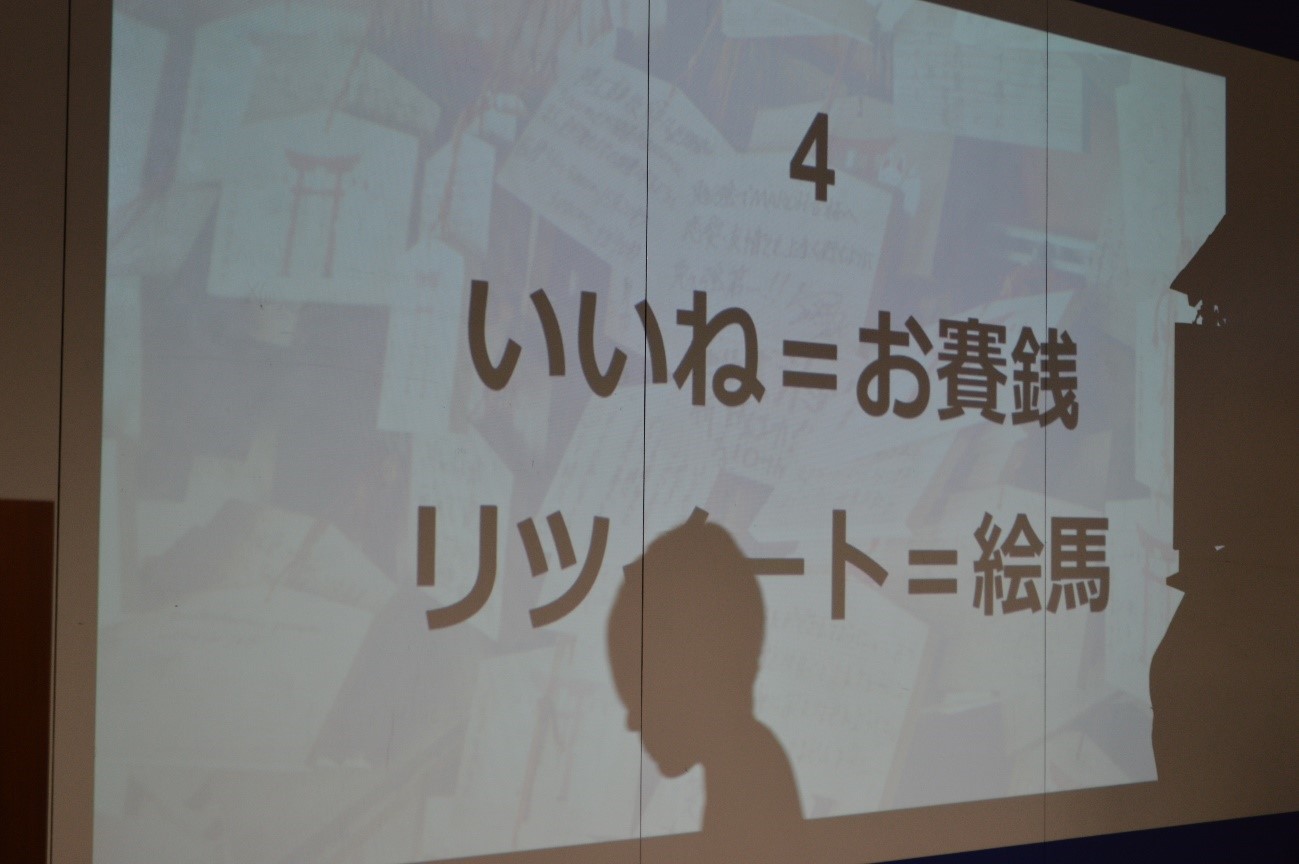
Humans without left and right (左右をもたない人間):
The inconvenience of not having left and right. Someone’s freedom may be associated with someone else’s inconvenience.
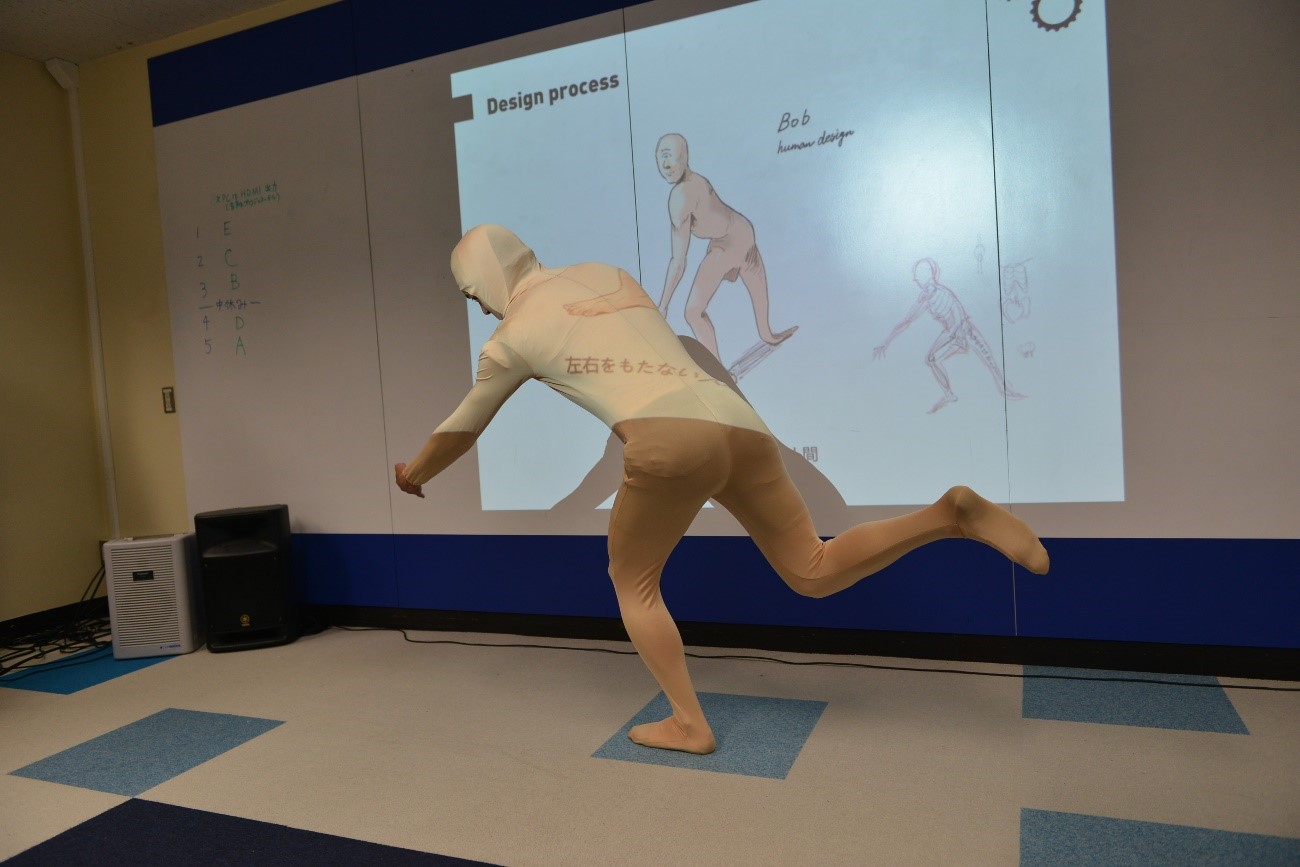
Seeing things from the beginning (始まりから物事を見る):
A very philosophical work with a well-defined concept behind it. Is it possible for humans to see everything from the beginning to the end?
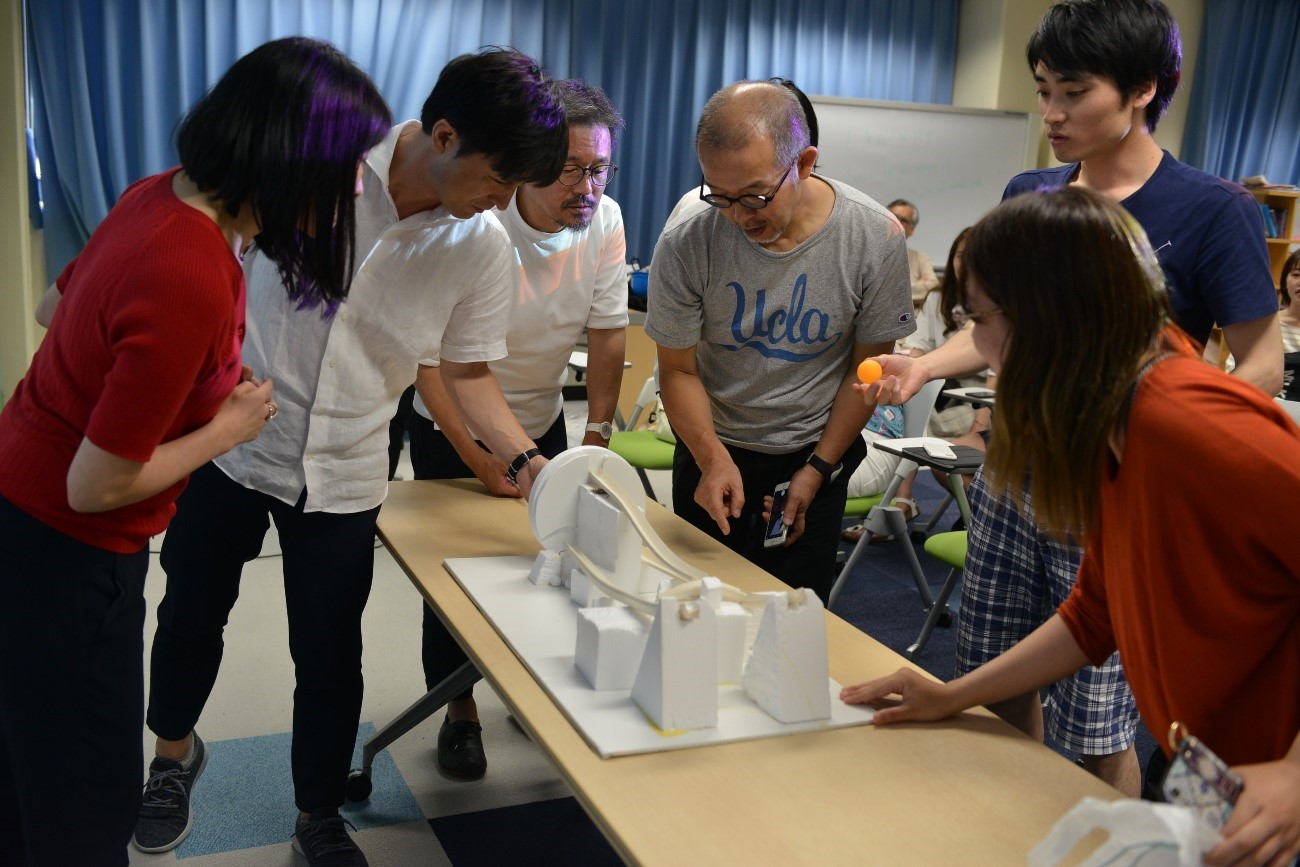
Products that change the position of the eyes (目の位置を変えるプロダクト):
It’s supposed to be here, it’s the freshness that changes the position of the eyes that you’re thinking about. It can be interpreted as “what is always there is not always there”.
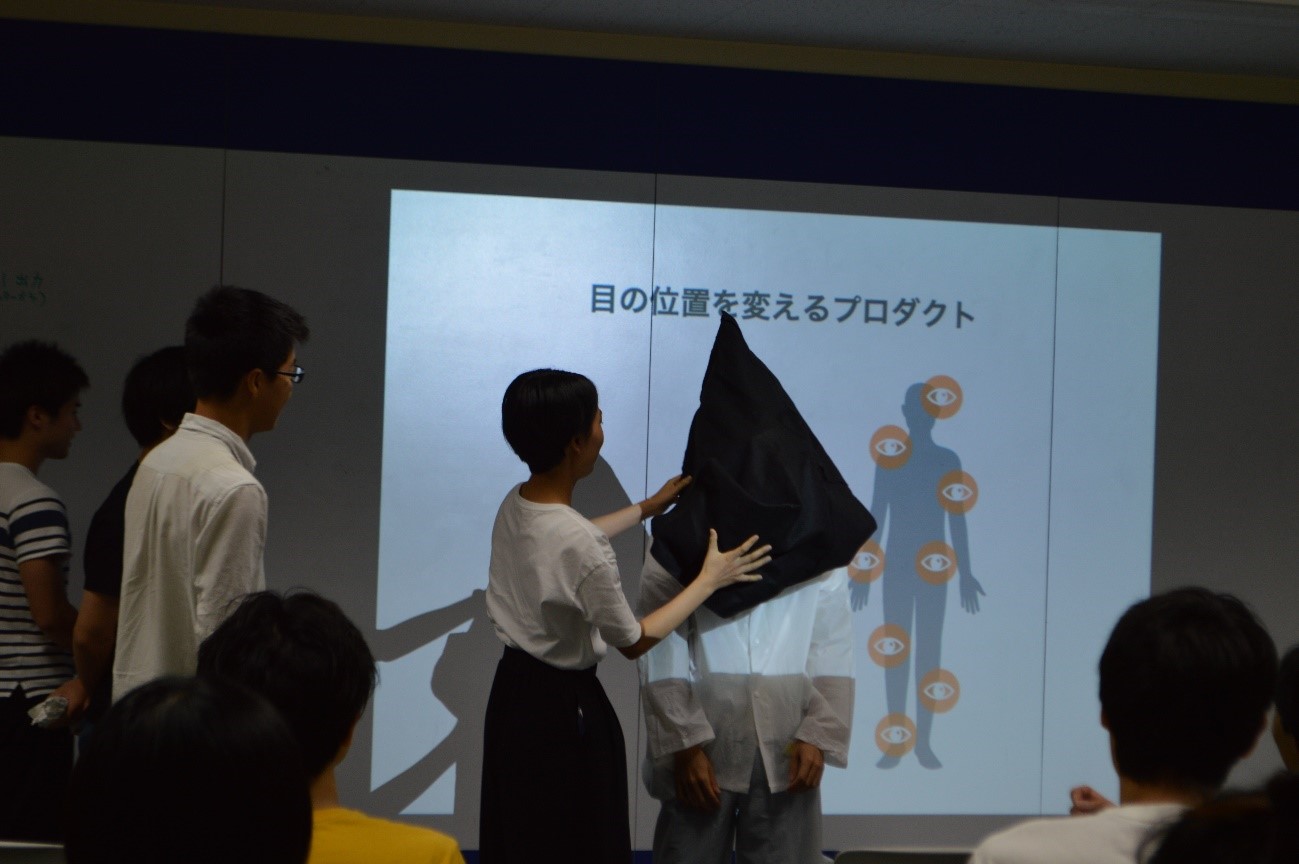
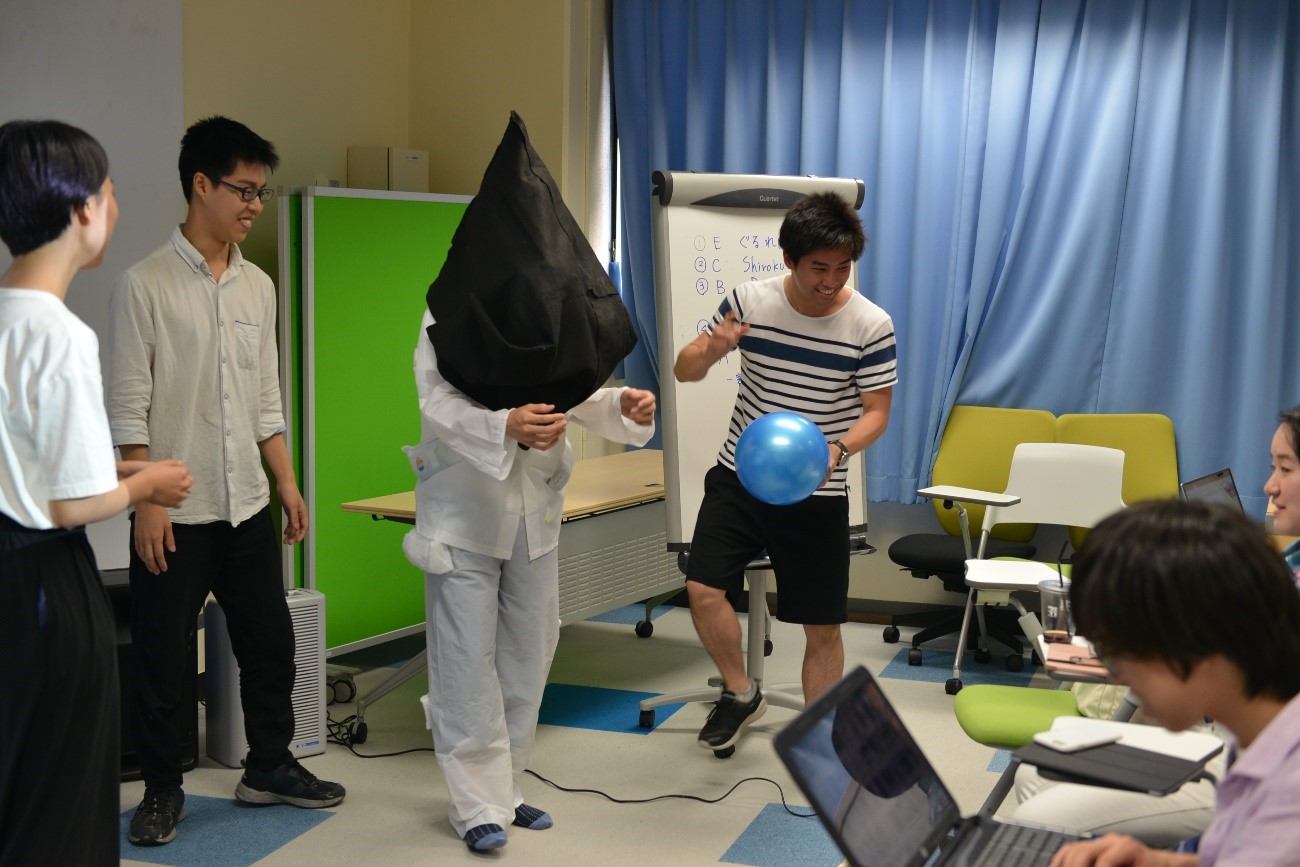
References: Levinas Emmanuel (1986) “Time and Others”, Translated by Yoshihiko Harada, Tokyo: Hosei University Press.
(Photos © Nohara Lab 2019)
2019年7月29日から8月3日までの間、武蔵野美術大学と東京工業大学の合同授業、「コンセプトデザイニング」が開講されました。この授業の目的は、相互のコミュニケーションを通して、両校の学生が一緒にアート作品を制作することです。5名のグループを5つ作り、各グループで一つの作品を制作しました。
今回の作品のテーマは、「右 左」でした。学生たちはお互いにコミュニケーションをとりながら、グループで一つのアート作品を作り上げます。
東京工業大学の学生からは、武蔵野美術大学の学生とは「考え方」が根本的に異なるので、コミュニケーションがとても難しいという声も聞かれました。しかしながら、コミュニケーションは言葉だけで成立するものではありません。学生たちは、テーブルに敷かれたホワイトボードとして使えるシートに絵を描いたりして、言葉以外の方法も用いつつ自分の考えをお互いに伝えあっていました。
アート作品を作り上げるために、言葉だけでは伝えることが難しい点を、絵にして図にしてコミュニケーションを図っている姿が印象的でした。
両校の学生からちらほらと聞いたことの一つに、「コミュニケーションの困難さ」があります。どちらの学生も、自らの大学で慣れている「考え方」が別の大学では一般的ではないことに少しならず戸惑っているようでした。
「コミュニケーションの困難さ」は、単純に悪いことではありません。コミュニケーションにおける困難には、相手という自分とは異なる人間と向き合うことを要請し、その対面を通して自分の認識の枠組みに相手を押し込めないようにする力があります。相手の圧倒的「他者性」を受け入れるとき、その関係は「責任ある関係」に巻き込まれていきます。
「私はあなた(の言うこと)を理解した。」と言うとき、それはしばしば「私は私が理解できる形であなたの(言う)ことを理解した。」という事実にとどまります。そこには根源的な驚きや認識の枠組みが揺るがされるような脅威は感じられません。しかし、レヴィナスが繰り返し指摘するように、他者へ応答する責任が生じるのは、その不可侵の圧倒的「他者性」、別の言葉にすれば「異質さ」にあります(レヴィナス, 1986)。他者の「顔」に対面したとき、私たちは否応なく何らかの対応を要求されます。
私はあなた(の言うこと)を理解することに失敗する。」と言うことは、コミュニケーションの終わりを意味しません。それは続けて「では、あなたはどうするのか?」という要求に続いていきます。他者の「他者性」は問答無用で要求し続けるからです。ここにおいて、コミュニケーションは他者を自分の理解できるように理解する手段を失い、他者の異質さを取り消すことができなくなります。こうして圧倒的な他者の異質性に打たれつつも、他者に対して言葉やまなざしを差し向け続けることで、他者との「責任ある関係」が始まります。相手の異質さに対して無防備である自分は傷を負いますが、それでも、「私はあなた(の言うこと)を理解することに失敗する。けれども、私はここにいる。」と言い続けることが、コミュニケーションにおいて重要なことかもしれません。
学生たちが最終的に作り上げたアート作品は、どれも背後にコミュニケーションから練り上げられた「意味」や「物語」があり、独創的で見ていて楽しいものばかりでした。
Piano Bar Oto (音):
音を飲むという素敵な発想。形になるもの、ならないものの違いを考えさせられます。
AIの神さま:
AIとつながるQRコードがご神体という衝撃。現代社会への風刺ともとれます。
左右をもたない人間:
左右がないことによる不自由について言及していました。だれかの自由はだれかの不自由と関わっているのかもしれません。
始まりから物事を見る:
背後にあるコンセプトがとても哲学的な作品。人間は何かの始まりから終わりまでを見届けることはできるのでしょうか。
目の位置を変えるプロダクト:
ここにあるはずだ、と思い込んでいる目の位置を変えてしまう新鮮さ。いつもそこにあるものが次もそこにあるとは限らない、とも解釈できます。
参考文献
レヴィナス・エマニュエル. (1986). 『時間と他者』. 原田佳彦 (訳). 東京:法政大学出版局.